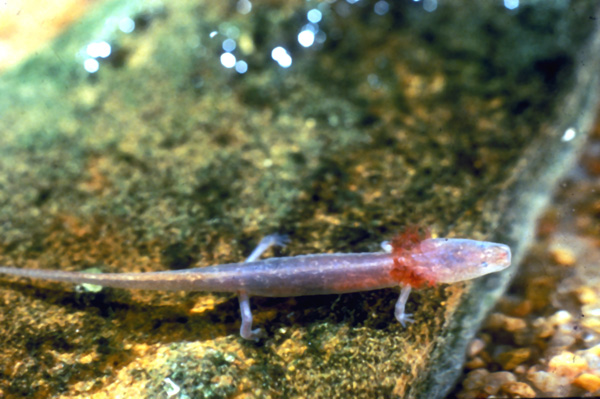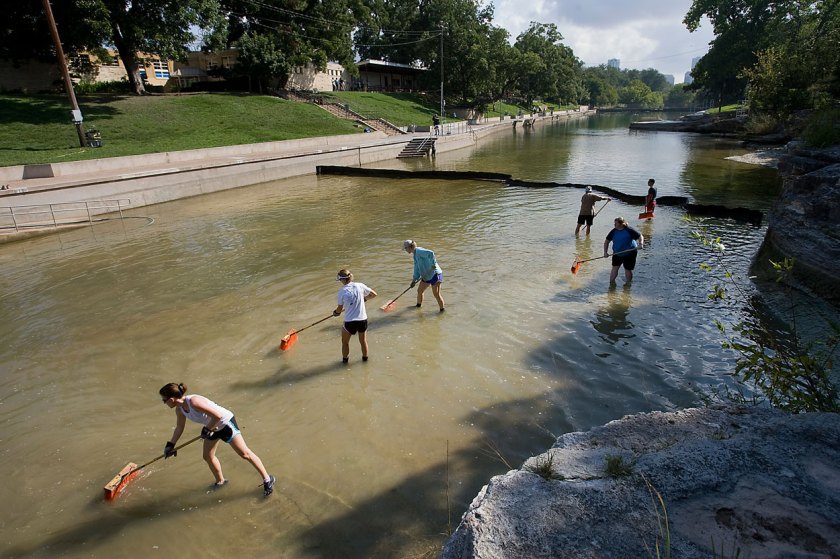 Tron Legacy is a science fiction film directed by Joseph Kosinski. The main characters of this movie are Jeff Bridges as Kevin Flynn and Clu, and Garret Hedlund as Sam (Kevin Flynn's son). Tron is a movie about Sam's journey into a virtual reality world that his father, Kevin Flynn created, called The Grid. After the disaperance of his father, Sam became the biggest share holder of his father's company, ENCOM. However, Sam was not interested in his father's company. One day, Alan Bradley, ENCOM's executive, approached Sam about a mysterious "page" that was sent from his father's computer from an old abandoned arcade. While investigating the arcade, Sam found a secret computer room, where he accidentally sent himself into the virtual reality world created by his father: The Grid.
Tron Legacy is a science fiction film directed by Joseph Kosinski. The main characters of this movie are Jeff Bridges as Kevin Flynn and Clu, and Garret Hedlund as Sam (Kevin Flynn's son). Tron is a movie about Sam's journey into a virtual reality world that his father, Kevin Flynn created, called The Grid. After the disaperance of his father, Sam became the biggest share holder of his father's company, ENCOM. However, Sam was not interested in his father's company. One day, Alan Bradley, ENCOM's executive, approached Sam about a mysterious "page" that was sent from his father's computer from an old abandoned arcade. While investigating the arcade, Sam found a secret computer room, where he accidentally sent himself into the virtual reality world created by his father: The Grid.While watching the movie, I noticed parallels and contrast between Tron city and the city in reality.
Compared to the authorities in the real city, the authorities in Tron city were much stricter. In the beginning of the movie, before Sam teleported himself to Tron city, he violated the law several times, but got away: speeding on the highway and breaking into his father's company. However, when Sam arrived at Tron city, he was viewed as a flaw within the system and was immediately captured. Authorities in Tron city seek out all flaws and imperfections in the city, in order to make it the perfect city, as his father had programmed it to be. Flawed “programs” (humans in Tron city) were either "rectified" or forced to play a game, a battle to the death. Corruption and violation of the laws in Tron city was strictly punished or corrected immediately. In contrast, in the real city, the human system is not as effective in dealing with crimes.
In addition, both cities represent modernization. In the real city, we see modernization from the old brick building of the arcade to the tall, glistering glass skyscraper of ENCOM. In the Grid, the city of Tron is located in a middle of nowhere, surrounded by the barren, rocky terrain. The contrast between the structured and lighted city of Tron to the bare and wild terrain that surrounds the city, emphasizes how modernization of a city creates a boundary between humans and nature. The motor bikes used to travel around Tron city, could not be used in the rocky terrain. Compared to the arcade, the ENCOM building was much more sophisticated and technologically advanced. Similarly, Tron city is a technologically advanced city, but it separates itself from the natural world. Finally, this movie wrestles with the idea of the “perfect” city and the corruption of technology. Technological advances and development has always been seen as beneficial to human needs. However, in Tron Legacy, Kevin Flynn attempted to use technology to create the perfect world for humans to live in. He created Clu, and programmed him to help create the “perfect” world. However, Clu saw human qualities as an imperfection that needed to be destroyed. This shows how technology can be useful and beneficial, but we should not depend on technology to do human responsibilities.
Finally, this movie wrestles with the idea of the “perfect” city and the corruption of technology. Technological advances and development has always been seen as beneficial to human needs. However, in Tron Legacy, Kevin Flynn attempted to use technology to create the perfect world for humans to live in. He created Clu, and programmed him to help create the “perfect” world. However, Clu saw human qualities as an imperfection that needed to be destroyed. This shows how technology can be useful and beneficial, but we should not depend on technology to do human responsibilities.




































 * Taken from Google images
* Taken from Google images








